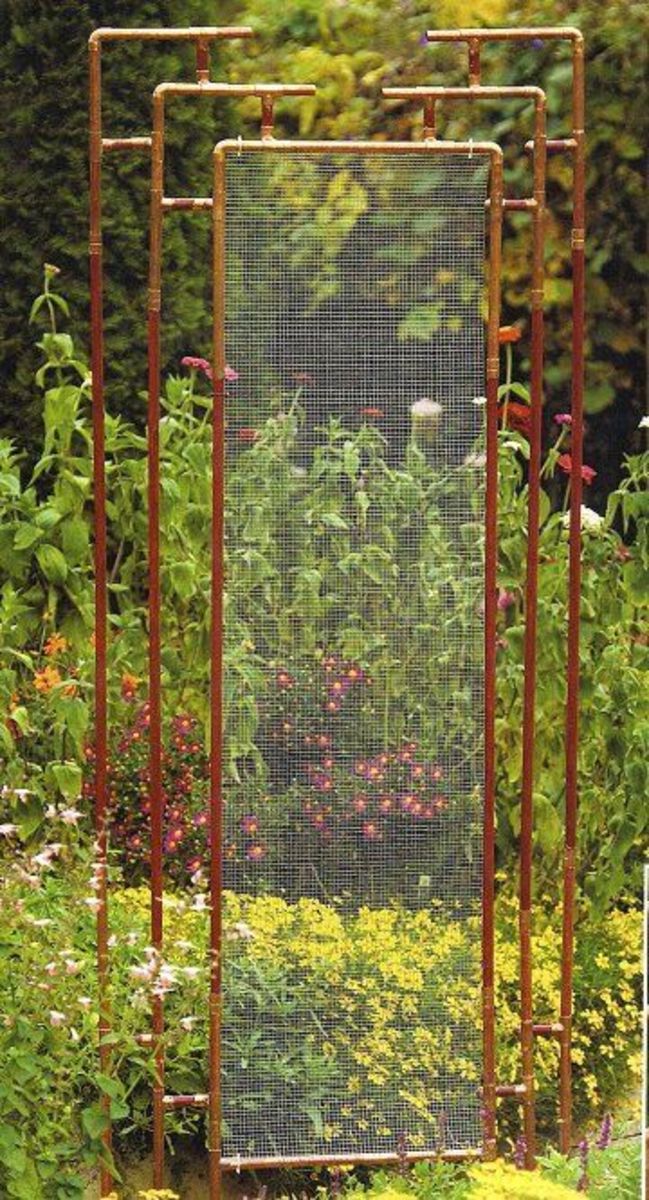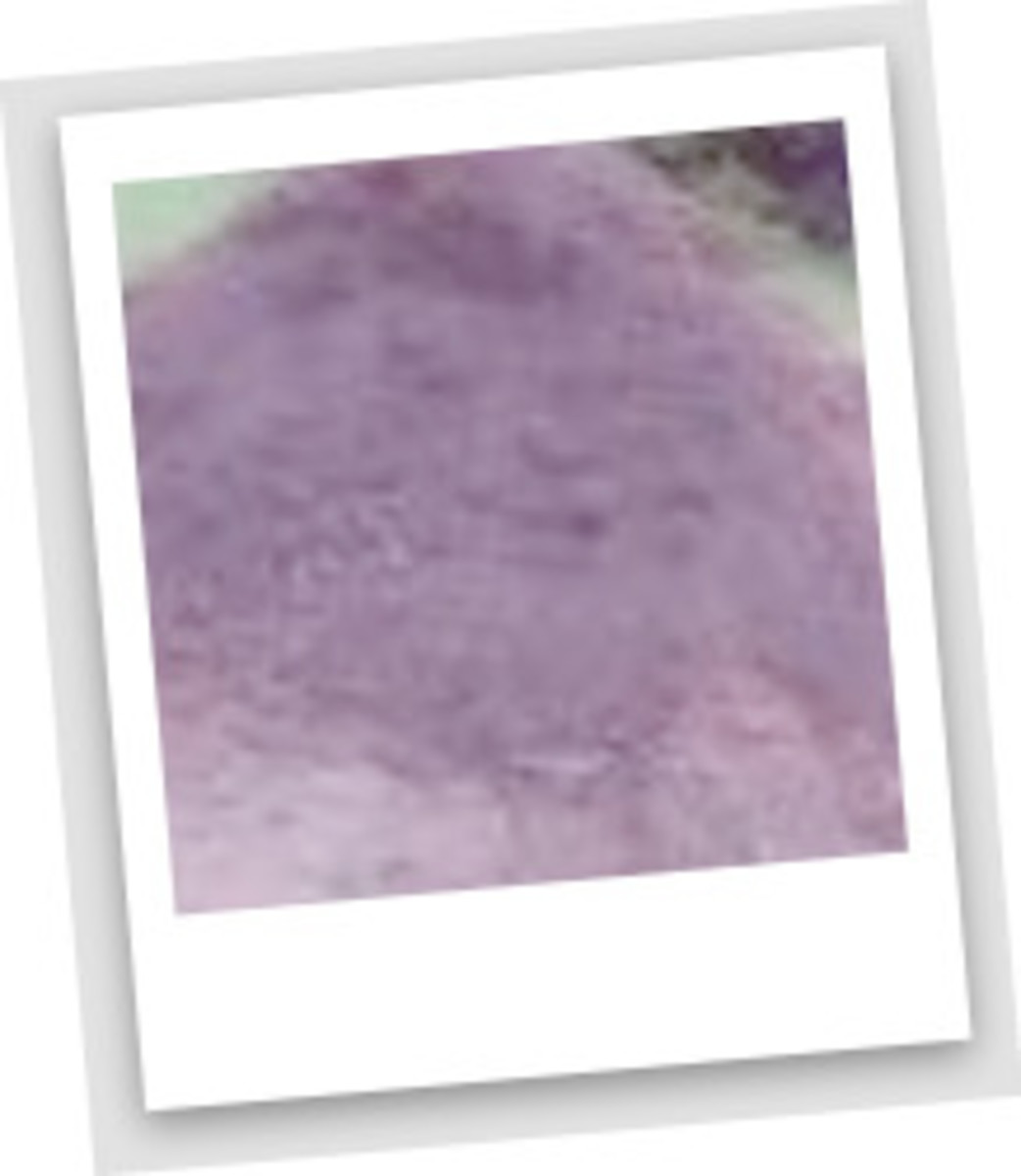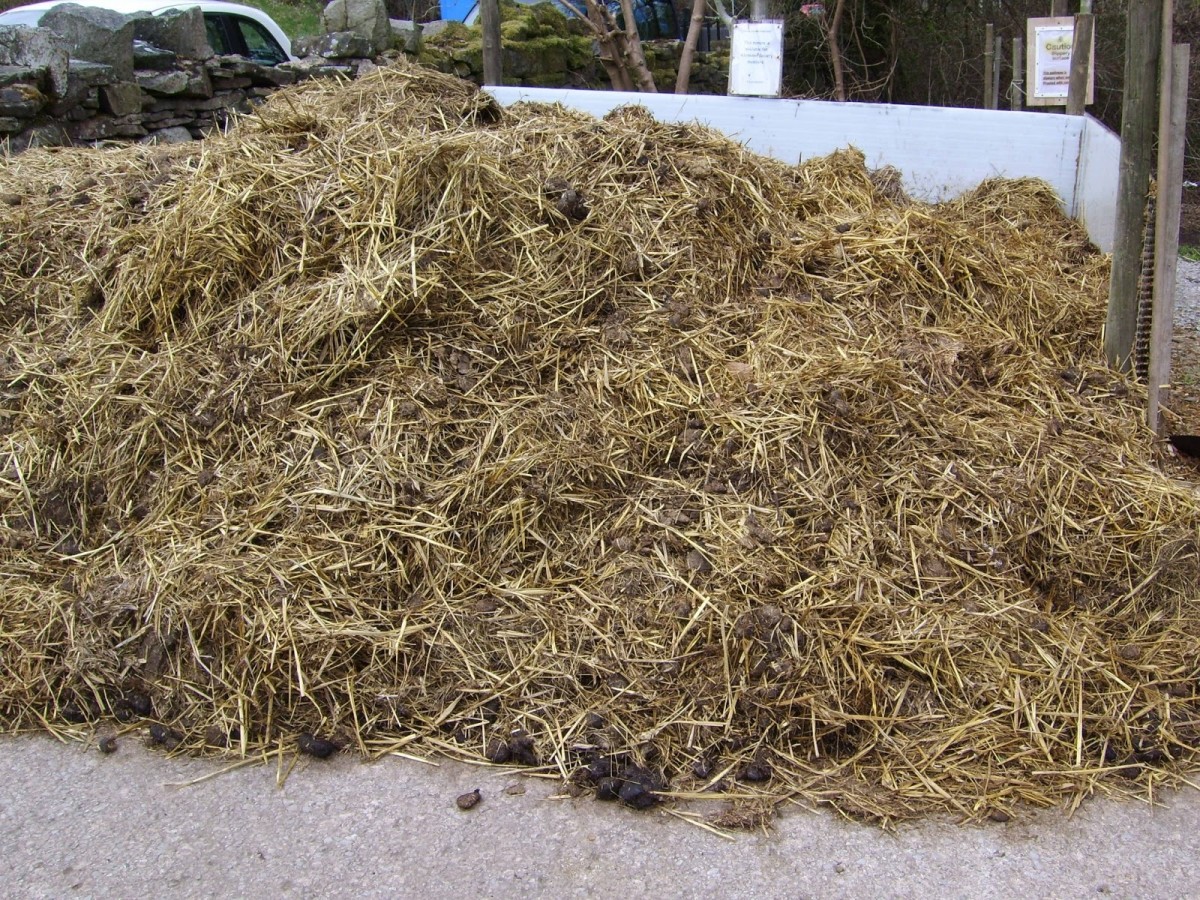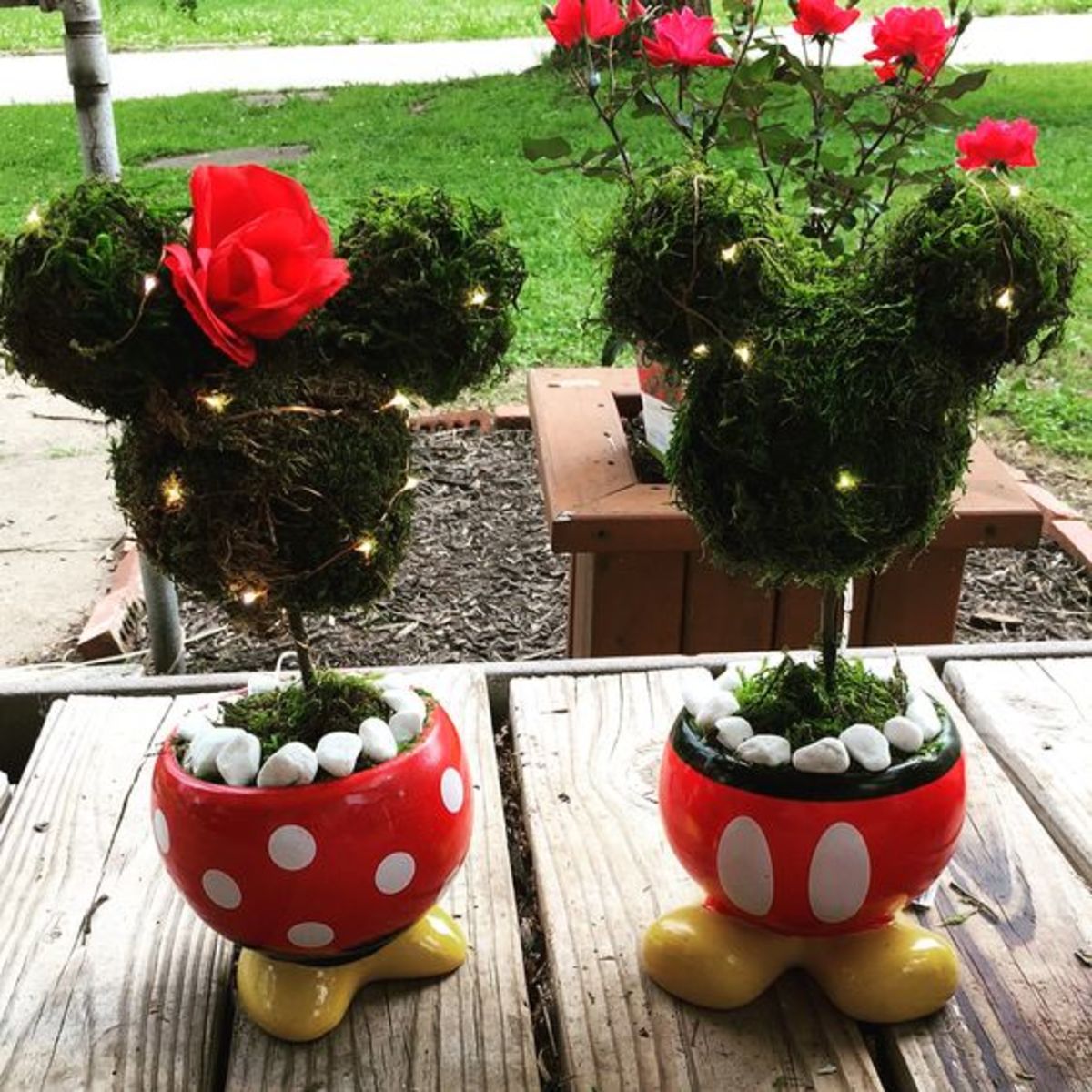Garbage in, Garden Out, Cat Litter and Manure for Your Garden
I kind of know what I am writing about...

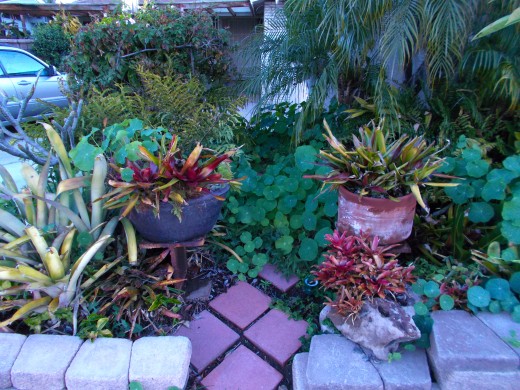
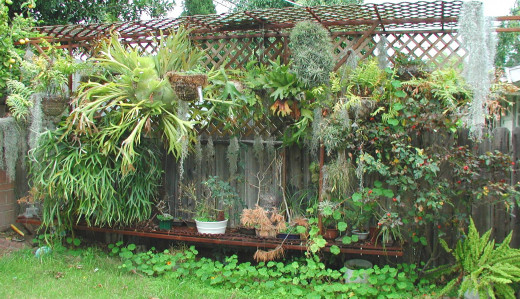
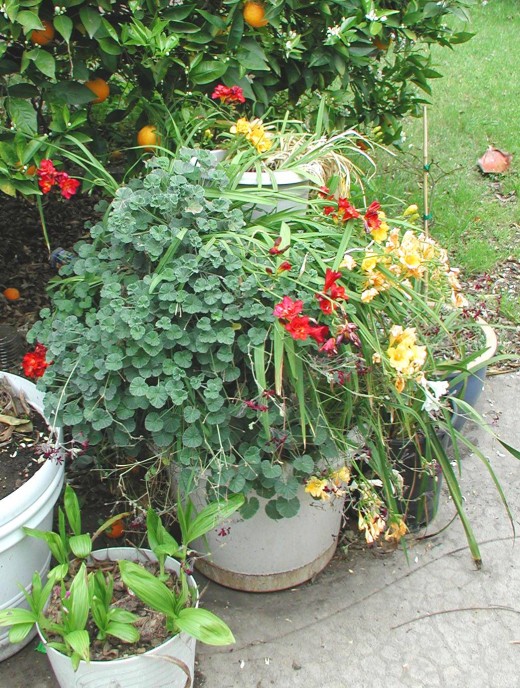
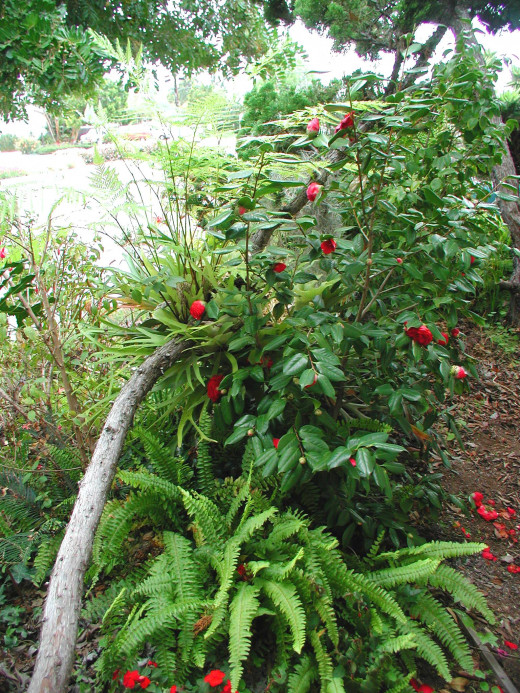
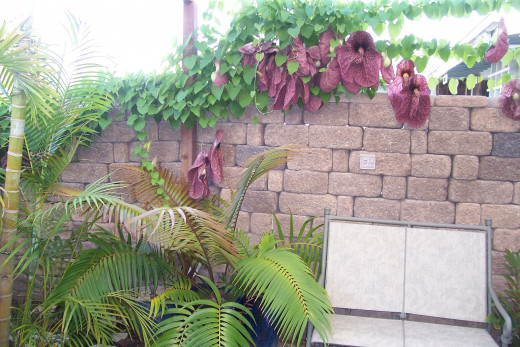
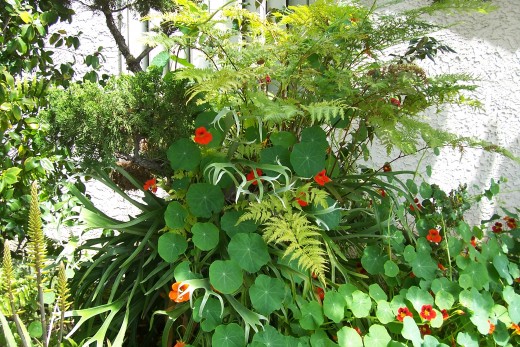
Pet Litter as Soil or Compost Additive
Remember, the word litter simply means a disorganized pile. It is the mess left on the street when a thoughtless person discards waste, and it is the stuff we throw down to absorb or catch animal waste, be it from a rabbit, dog, or horse, litters can become a valuable source of nutrient for the soils.
A friend, Loren Nancarrow (R.I.P.) had horses and frogs. I had a rabbit, and various pet rodents when the kinds were young, and fishes, lots of fishes. OK so I was jealous of Loren’s horses, or at least of the litter he gets from it which makes incredible compost. We wrote back and forth about how to aerate piles of manure and compost made from it, but my rabbit litter needed to be turned and then turned into the soil also.
So does biodegradable cat litter, which is made either from recycled paper, or from soil products, usually clays of various types, sometimes baking soda, and a very good clay for your garden called dolomite, bentonite or montmorillonite. If odor control is addressed, than charcoal is added, and this is really exceptional for the soils.
Here, we are not talking about being OK to recycle, we are talking about true benefit to the soils especially after being well used by your pet.
If you have a dog, the dog waste is directly a great nutrient source for your soil, but do dig it into the soil.
For our rabbit, we use a product that is simply ground and steamed recycled newspaper highly compressed into a block. When we took out a large hands full, it expands and makes a tray of litter for the bunny. The rabbit added the nitrogen, potassium, trace minerals, and phosphorus.
Unlike horses, rabbits don’t usually do their business on litter, rather in a pile, which benefits from being turned into the soil. In a well-kept stable, like Loren’s, keepers use hay to absorb urine. These are great sources of nutrients also, and in much higher volumes than a rabbit!
The Liberated House Rabbit
We liberated a house rabbit.
People think they are doing them a favor by keeping them in the house, however, give it a taste of the outdoors in a protected yard and it willingly chooses outdoors every time the door is open.
Does it make sense to you to keep an animal where it does not want to be because you like it indoors? We kept it in the yard during the day, where there was lots of cover, and keep it overnight in a cage to protect it from predators. It still had plenty of house time and lots of attention from our three college kids when they need a break from studies.
In fact, it reminded us of when it is not getting enough attention by stomping its cage. So here, the litter is used as bedding, the tray below for waste, and both used for mulch fodder. The garden loved it.
During the day, we had enclosed the yard and she ran and ate freely even from our garden, both herbs and veggies, so this is one healthy, happy rabbit that even enjoys a periodic hole digging exercise.
When it is time to empty the waste tray, it goes into the compost bin, and when it is time to empty the bedding, now a mixture of hay and recycled newspaper, it too goes into the compost bin and rapidly breaks down. The worms seem to love it.
Loren had horse litter, again, much of it soaked in urine and horse manure. This is a treasure of nutrient for the garden. This is so well balanced that is creates the heat needed for a good mulch pile. Is really is an excellent source of compost.
Yes, it can be directly buried, but there is always a fair amount and so, if you have a tractor, you can simply bury it to enrich the soil directly, or simply compost this nutrient source.
Manure and fruit trees
Another direct use is simply to build a ring around the base of fruit trees several inches thick. This acts as mulch to keep weeds away, and as fertilizer for the fruits and bugs will breaks this down, worms will carry it into the soil.
Cat and dog litter is usually clay or clay mixed with other soil products. This can be added directly to the compost heap if you have a covered compost maker, or, again, just dig it into the soil which is particularly helpful if you have a lot of organic material or sandy soils as the clays directly benefit the soils weight and composition.
The litter has nutrients from the animal waste, and the clay helps build the soil by adding clays of various types and compositions. Because it has been dehydrated and compressed, dump it into the hole then water this well before covering it.
“But I have birds!” You complain. Bird droppings are collected on newspaper or a litter of some type. I never recall one that is synthetic, and now it brings with it its own nutrients into the mulch pile. Fungus Fodder! This helps heat up the mulch pile.
Soil weight
Soil weight is something you don’t hear much about because people who write books tend to think of those things needed or experienced locally. But soils weight matters.
We live in the south west (San Diego) where water is critically low, so preserving it means 1) Using less, 2) Getting it into the ground, and 3) keeping it in the ground.
Last year I bought a soil amendment from a hardware store and, it turned out to be a very fast draining mixture. So, here in the southwest we were being sold a mixture that was quite well suited for an area with lots of rain, but poorly suited for the southwest.
So, in the southwest, or any location where water conservation is important, you might not want to follow a soils formula that is like one I just read from a gardening book written by someone who lives in the northeast, comprised only of mulch, peat, and vermiculite. You will want clay (fine particles) sand (which allows for water penetration) and organic matter (to hold the water along with the clay). But add what you are missing. I have heavy soils with a mixture of sands and clays. I need organics added to the soils, and in as high volume as I can make it
So think about soil’s weight when planting.
What makes soil light? Vermiculite and Perlite are the lightest materials used in soil mixes. Vermiculite also holds water while Perlite does not. Perlite is volcanic glass, very much like pumice but heated to high temperatures and it drains very quickly. Vermiculite is mica which I heated until the moisture inside expands it into a less dense structure which can hold water, but does not attract water and drains readily when the water is needed.
If you live in a dry climate, don’t use Perlite unless you have very heavy clay soils and can mix it with a good organic mixture to give it body where the Perlite is merely there to improve drainage and aeration.
Instead, use Vermiculite if you need something to lighten up the soil. But even this is rarely needed except in containers that need to be moved.
For the garden, an ideal mixture is 1/3 clay, 1/3 sand, and 1/3 organic material such as compost. Remember, it is the compost that breaks down and needs to be replaced. So composting is an on-going process, not a one-time process.
Tea in the ferns
Tea is the second most consumed drink in the world, after water. Water is for people who don’t have tea. OK, a little bias there as I sip my second cup and write.
OK, I have to confess that I find myself sitting at my computer writing with two cups of tea at the same time. One is cold and one is hot.
Is there a tea equivalent to AA?
I love my coffee too, but have never found myself with two cups at the same time!
Tea is really very good for you. Use Stevia or Sucralose as opposed to sugar, and you have an incredibly good drink with zero calories. Sugar and other refined carbohydrates ought to be avoided at all times.
OK, here is the spiel on tea: Green tea is getting all the attention right now and for all the right reasons. Very good stuff, but the main antioxidant (the substances that keep your fats from oxidizing damage and keep your arteries healthy and cancer away) is EGCG (epigallocatechin gallate). Very good stuff, it is a highly complex polyphenol, flavanols and flavonols. But Green Tea has so much of this that it starts to “spill” into the kidneys rapidly. Note that when you drink green tea, you need to use the restroom fairly soon? That’s why. You are spilling (wasting) the primary nutrients.
Green tree is made by picking the tea leaves then steaming them the same day to prevent fermenting the leaves from internal enzymes. The enzymes break down the plant nutrient into other nutrients. Oolong tea is partly fermented, Black Tea is fully fermented.
Here is why this is important: Relatively simple things, bacteria and fungi, create relatively millions of different organic molecules. More complex things like plants “fix” carbon from the air but also uptake carbon compounds from the soils and make very complex phenyl and sugar molecules, some, incredibly complex.
One of those molecules in the Camellia sinensis (tea) plant is EGCG. When this is naturally broken down in the fermentation by enzymes found in the leaf, virtually hundreds of other antioxidants are created. Some have suggested the number may be as high as 40,000 different carbon based compounds from EGCG. Some of these are in small amounts and some in fairly high amounts, but there is always EGCG left over, so you are not missing out. But now, as opposed to wasting excessive EGCG, black tea drinkers have a huge variety of other antioxidants that do not spill out the kidney’s so quickly and do much more for the body that green tea alone.
I think they will finally figure this out in ten to fifteen years.
These nutrients improve mental function, cardiovascular health, increase bone density, reduce dental carries, help reduce kidney stones, seem to reduce markers in some cancers, implying slowing the disease down, but other studies showed antioxidants in tea attach directly to some carcinogens and thus help to prevent cancer, and help dilate brachial arteries and so increased circulation.
Remember when we wrote above that using deductive reasoning you could prove things that must be true even without scientific testing? Well, here is where you can be ahead of the learning curve.
Scientific testing in vitro (lab) inform us that the antioxidant potential of green tea is greater than black tea. Both green and black tea have greater antioxidant activity that vegetables, even than garlic, but again, that isn’t what counts of you spill these nutrients soon after consuming them (even though spilling is good for the kidneys and bladder).
Drinking black tea is better than coffee, and even better than green tea for this reason; you have a much broader variety of antioxidants, all of which are useful, and you are better able to use them than with green tea. Coffee has a different, powerful, and beneficial group of antioxidants and also has a high concentration of them, just don’t give up on Black Tea.
Why are you ahead of the learning curve knowing this? Because everyone it doing studies on green tea and black tea studies have been few, but are on the uptick.
So, once you become addicted to black tea, with the occasional green tea (especially those flavored green teas, Jasmine, and others!) what do you do with the tea bags or loose tea leaves?
Ferns love this stuff. The tannic acid seems especially good for the Boston Fern group, that is the Nephrolepis family, which I have six or seven varieties in my yard.
Many years ago in a universe far away, I was at my grandfather’s annual Christmas party with his neighbor who had absolutely huge Boston ferns. I had briefly worked at the famous Mission Hills Nursery owned then by Frank. I asked the neighbor how he grew such beautiful ferns. He said he adds tea leaves to the soil to add the acids and tannins.
Where did he learn this? From Frank Antonicelli at the Mission Hills Nursery!
From then on my tea has been recycled. My ferns grow prolifically, and I keep a fairly broad variety of ferns, five types of the Boston fern family alone.

